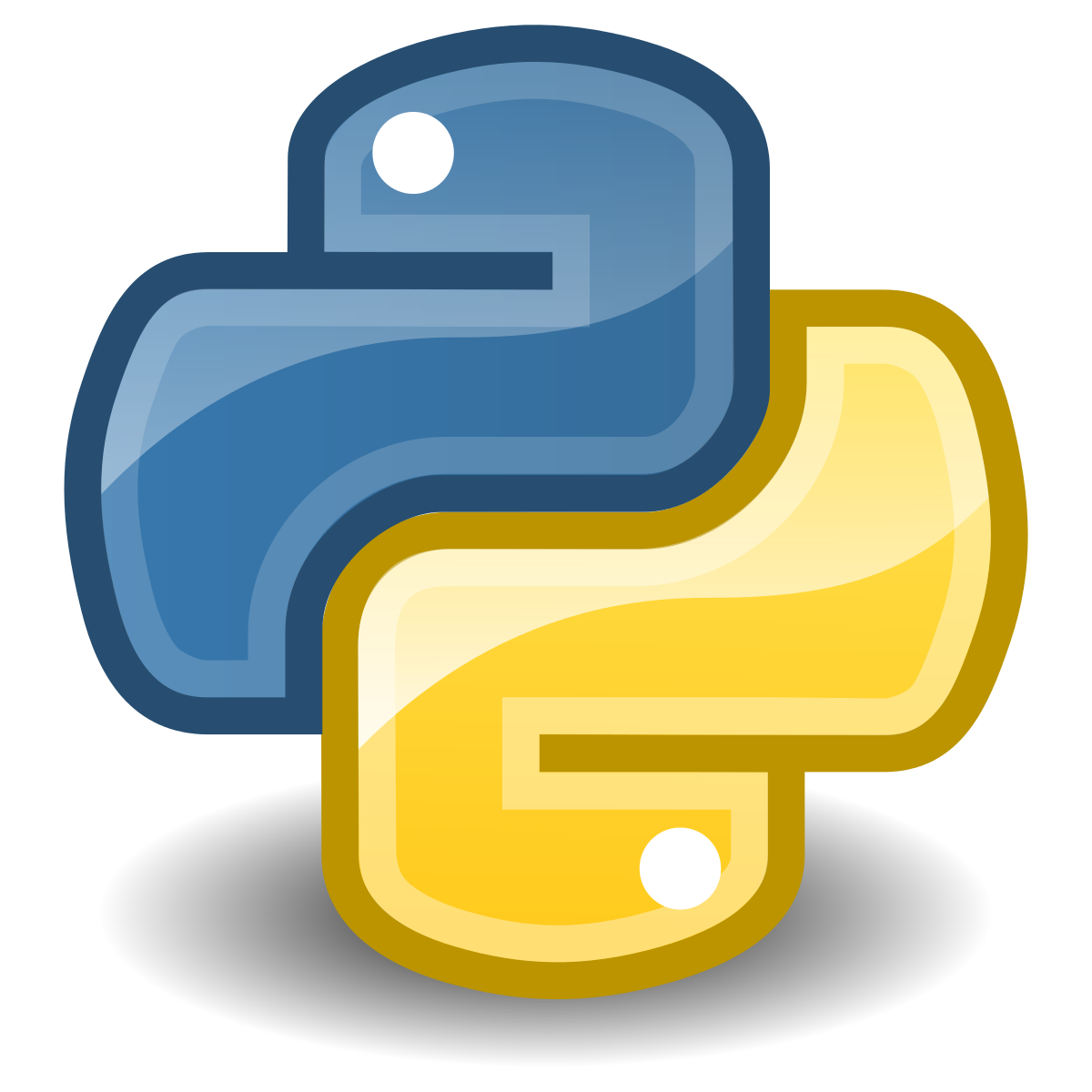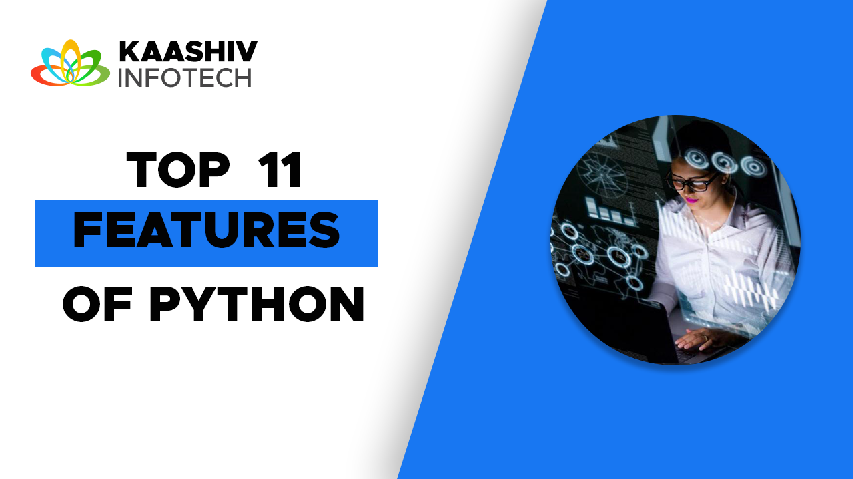Introduction
Python is a high-level, general-purpose, self-contained programming language designed to meet the needs of computer scientists, software developers, and college students interested in coding. Python was created in the early 1980s by Guido van Rossum while he was at IBM. The language is named after its inventor. It’s become one of the most popular programming languages in recent history.
Python is a high-level, interpreted, dynamic object-oriented programming language that can be used to program applications or websites. It is also known as an object-oriented programming (OOP) language. The main benefits of using Python instead of other languages are that it is very easy to start programming with and because of its flexible syntax, it can be used to program almost any kind of software application.
Python is an open-source language that’s free to use and has a wide range of features that make it easy to customize. It’s also a great choice for beginners to learn Python because it’s easy to pick up and use. In addition to its ease of use, Python has a number of other features that make it an excellent choice for programmers who want to get into the world of software development.

What is Python?
Python is a high-level, interpreted, and versatile programming language known for its simplicity, readability, and wide range of applications. Created by Guido van Rossum in the late 1980s, Python has gained immense popularity in the software development community for its ease of use and powerful features. In this explanation, we’ll delve into the key features of Python that make it a popular choice among developers.
Key Features of Python

1.Easy to Learn and Readable Language
Python’s clean and straightforward syntax emphasizes code readability, making it an ideal choice for beginners and experienced programmers alike. This readability reduces the likelihood of errors and simplifies the maintenance of code.
2.Interpreted Language
Python is an interpreted language, meaning that it does not require compilation before execution. Developers can write code and execute it directly, which streamlines the development process and supports rapid prototyping.
3.Dynamically Typed Language
Python is dynamically typed, allowing variables to change their data type during runtime. This flexibility simplifies coding but requires careful variable management to prevent unexpected behavior.
4.Open Source and Free
Python is open-source and freely available, encouraging a large and active developer community to contribute to its development. This open nature promotes innovation and collaboration.
5.Large Standard Library
Python boasts an extensive standard library, known as the Python Standard Library or Pythonic libraries, which contains modules and packages for various tasks. These libraries save developers time and effort by providing pre-built functionalities for common tasks.
6.High-Level Language
Python is a high-level programming language, abstracting away many low-level details and complexities. This abstraction simplifies code development and maintenance.
7.Object-Oriented Programming Language
Python supports object-oriented programming (OOP) paradigms, allowing developers to model real-world entities using classes and objects. This enhances code organization and reusability.
8.Large Community Support
Python enjoys a vast and active user community. Developers can access online forums, documentation, and tutorials for support, making it easier to find solutions to problems and seek guidance.
9.Platform Independent
Python is platform-independent, meaning that Python code written on one platform (e.g., Windows) can run on other platforms (e.g., macOS or Linux) with minimal or no modifications. This portability is facilitated by Python’s interpreter.
10.Extensible and Embeddable
Python can be extended with modules written in other languages, such as C and C++. This extensibility allows developers to use existing code libraries and interact with external systems.
Python can also be embedded within other applications, enabling scripting and automation within larger software systems.
11.Graphical User Interface (GUI) Support
Python offers numerous libraries and frameworks, such as Tkinter, PyQt, and Kivy, for creating graphical user interfaces (GUIs). This makes it suitable for developing desktop applications with user-friendly interfaces.
Conclusion
Python’s key features, including its simplicity, readability, extensive standard library, and support for multiple programming paradigms, have made it a preferred choice for a wide range of applications, from web development and data science to automation and artificial intelligence. Its open-source nature, portability, and a vibrant community of developers contribute to its continuous growth and relevance in the world of programming. Whether you’re a beginner or an experienced programmer, Python offers a robust and versatile platform for turning your ideas into functional software solutions.
FAQ’s
1.What is Python primarily used for?
Python is a versatile language used for various applications, including web development, data analysis, scientific computing, artificial intelligence, automation, and more.
2.Is Python suitable for beginners with no programming experience?
Yes, Python is often recommended as a first programming language due to its simplicity and readability, making it accessible for beginners.
3.Can I use Python for both small scripts and large-scale applications?
Yes, Python is suitable for both small-scale scripting tasks and large-scale software development. Its scalability and extensibility make it adaptable to various project sizes.
4.What makes Python’s syntax readable?
Python’s clean and readable syntax is characterized by its use of indentation (whitespace) to define code blocks, clear and concise naming conventions, and minimal use of special characters.
5.How does Python’s dynamic typing work?
In Python, variables are dynamically typed, meaning their data type is determined at runtime. Developers do not need to declare the data type explicitly, making Python code more flexibl

